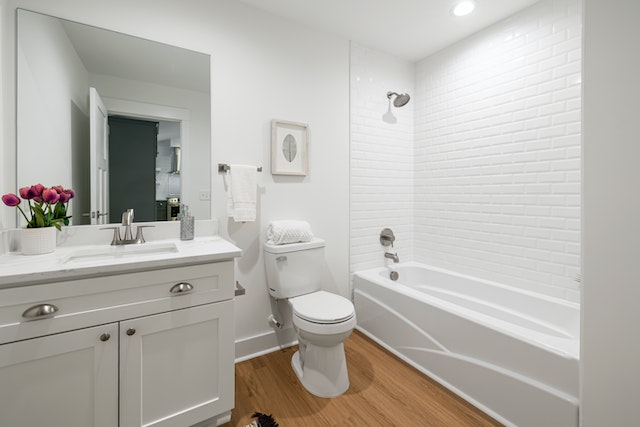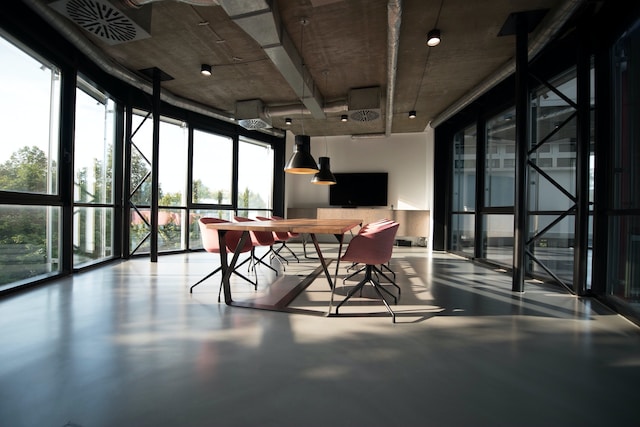We all want our homes to be safe and free from any hazards. However, sometimes unexpected events occur, such as sewer backups, which can quickly turn into a messy and stressful situation.
If you’re a homeowner in Portland, Oregon, it’s essential to be prepared and know how to handle sewer backups effectively.
In this post, we’ll discuss what to do if a sewer backup happens in your home.
Understanding Sewer Backups
Sewer backups occur when the sewage system becomes overwhelmed or experiences a blockage, causing sewage to flow back into homes through drains, toilets, or other plumbing fixtures. Common causes include heavy rainfall, tree root intrusion, or aging sewer systems.
Potential Health Risks
Dealing with a sewer backup requires immediate action due to the associated health hazards. Sewage contains harmful bacteria, viruses, and other pathogens that can pose serious health risks to you and your family.
Contact with sewage should be minimized, and proper precautions should be taken to ensure everyone’s safety.
Steps to Take if a Sewer Backup Occurs
Discovering a sewer backup can be overwhelming, but knowing what steps to take can help you mitigate the damage and ensure your safety. Here’s a step-by-step guide:
- Ensure Safety: If you notice a sewer backup, prioritize your safety and the safety of your family. Evacuate the affected area if necessary and keep children and pets away from the contaminated water.
- Call for Professional Help: Contact a reputable water damage restoration company in the Portland area, like Pacwest Restoration Services, that specializes in handling sewer backups. They have the expertise and equipment to safely remove sewage, sanitize the area, and restore your home.
- Contact Portland Bureau of Environmental Services: In addition to seeking professional help, reach out to the Portland Bureau of Environmental Services for guidance and support. They can provide advice specific to the Portland area and may assist in assessing the situation or providing resources.
- Document the Damage: Before any cleanup or restoration begins, document the damage by taking photos or videos. This evidence may be useful for insurance purposes or when filing a claim.
- Avoid DIY Cleanup: Sewer backups require specialized cleaning techniques and protective gear. It’s essential to leave the cleanup and restoration process to professionals who have the necessary training and equipment to handle hazardous materials safely.
Safety Precautions and Protective Measures
While awaiting professional assistance, it’s crucial to take certain safety precautions to minimize the risk of further damage or health hazards:
- Avoid Direct Contact: Avoid direct contact with sewage-contaminated water as much as possible. Wear protective gloves, boots, and clothing if you need to be in the affected area.
- Ventilate the Area: Open windows and use fans to improve ventilation and reduce the concentration of foul odors.
- Turn off Electrical Sources: If there is standing water near electrical outlets or appliances, turn off the power supply to the affected area to prevent electrocution.
- Do Not Use Household Cleaners: Avoid using household cleaners or disinfectants to clean up the sewage. They may not be effective against the harmful pathogens present in sewage and can cause further damage.
- Dispose of Contaminated Items: Any porous materials, such as carpets, rugs, or upholstered furniture, that come into contact with sewage should be properly disposed of to prevent contamination.
Cleanup and Restoration
Once the professionals arrive, they will assess the damage and proceed with the necessary cleanup and restoration process. This typically includes:
- Removal of Sewage: The first step is to remove all standing water and sewage from your home using specialized equipment.
- Thorough Cleaning and Sanitization: The affected area will be thoroughly cleaned and disinfected to eliminate bacteria, viruses, and other pathogens. This process ensures that your home is safe and free from contaminants.
- Drying and Dehumidification: After cleaning, the professionals will use industrial-grade equipment to dry out the affected area, preventing further damage and the growth of mold and mildew.
- Repairs and Restoration: Any damaged structures or materials will be repaired or replaced to restore your home to its pre-damage condition.
Preventive Measures
While sewer backups can be unpredictable, there are preventive measures you can take to minimize the risk:
- Regular Maintenance: Have your sewer system inspected regularly by professionals to identify and address any potential issues before they escalate.
- Proper Disposal: Be mindful of what you flush down the toilet or pour down the drains. Avoid flushing items that can clog the sewer system, such as diapers, sanitary products, or grease.
- Tree Root Management: If you have trees on your property, monitor their growth and consider professional tree root management to prevent root intrusion into sewer lines.
- Backflow Prevention Devices: Install backflow prevention devices to prevent sewage from flowing back into your home during heavy rainfall or sewer system overload.
Conclusion
Sewer backups can be a distressing experience for homeowners. However, being prepared and knowing how to respond can make a significant difference in minimizing damage and ensuring the health and safety of your family.
In Portland, where heavy rainfalls and aging sewer systems can pose specific challenges, it’s crucial to stay informed and take advantage of the resources available to you.
If you ever find yourself facing a sewer backup, remember to prioritize your safety, seek professional assistance, and follow the necessary precautions outlined in this article.


